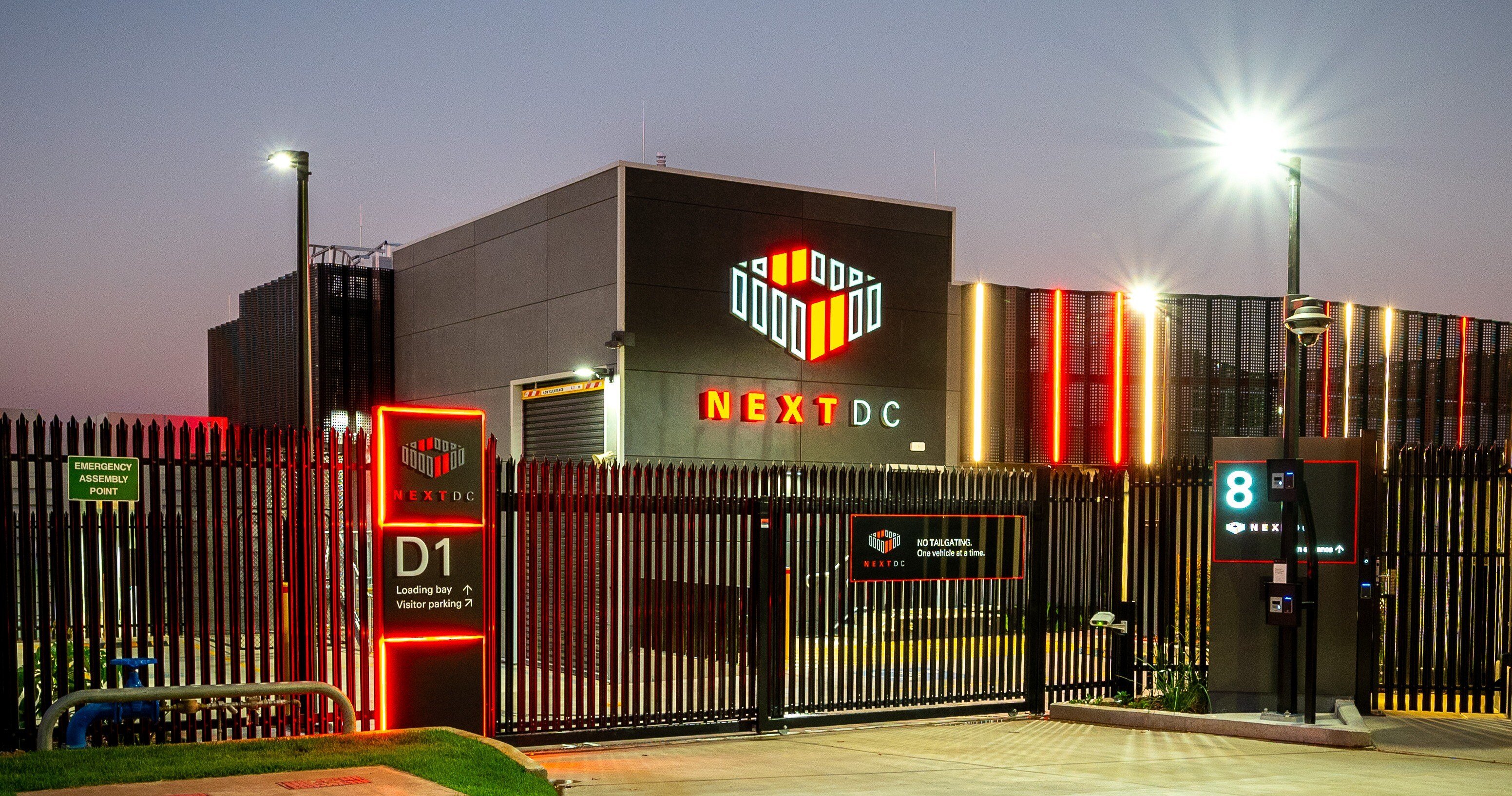Securing at Scale: Why Physical Security Must Match Digital Ambition
For CIOs and boards, security has become one of the most critical pressure points in the AI era. Everyone is racing to build and deploy at speed and scale, but risk exposure must not become baggage carted around by rapid infrastructure expansion. The costs of getting it wrong are staggering. According to IBM’s 2025 Cost of a Data Breach Report, the global average breach now costs USD 4.88 million, and in highly regulated industries such as healthcare and finance, the figure is significantly higher.
These losses often begin not in cyberspace but in the physical layer, where a single lapse in access control or facility oversight opens the door to threat actors.
CIOs consistently raise five concerns when it comes to colocation and AI factory security:
- Preventing insider risks through robust physical access controls
- Balancing strong security with operational access for teams, contractors and partners
- Securing complex, interconnected supply chains
- Meeting rising compliance demands across multiple jurisdictions
- Ensuring people, processes, and technology align seamlessly
These are not abstract concerns. The 2025 Logicalis CIO Report found that 88% of organisations experienced at least one security incident in the past year, and nearly half reported multiple breaches. While many incidents focus on data exposure, their root cause is often physical in the form of compromised environments, insufficient monitoring, or weak process discipline.
The physical security market is responding. Mordor Intelligence forecasts that global data centre physical security spending will nearly double by 2030, reaching USD 4.09 billion, driven by biometric access, 24/7 monitoring, and independent audits.
Securing the physical layer
The most advanced AI model is useless if the site hosting it cannot prevent intrusion. For CIOs, the first proof point of operational certainty is knowing that colocation partners have built resilience into physical and human layers. This manifests as 24/7 on-site security staff, biometric checks, multifactor authentication, mantraps, and continuous CCTV monitoring.
But the differentiator isn’t the technology alone. As Mercury Security’s 2025 research highlights, 71% of security leaders rank advanced access control and disciplined process as their top priority. Without well-trained teams and independent certification, technology is just window dressing.
Securing the interconnection layer
AI factories move petabytes of data across clouds, partners, and service providers. Each connection is a potential point of risk. CIOs want to know: can their provider guarantee encryption, redundancy, and visibility of every pathway?
This is where secure interconnection comes to the fore. NEXTDC’s AXON platform, for example, builds in MACsec encryption, multipath redundancy, and AI-assisted monitoring by default. That matters because, according to the Uptime Institute’s Global Data Center Survey 2024, colocation providers now host the majority of hyperscale tenants, making interconnection as important as uptime. The organisations that win will be those that demand not just bandwidth, but verifiable, auditable protection of every route their data travels.
Securing for compliance and sovereignty
Compliance risk is escalating. AI workloads often involve the datasets regulators care about most: financial records, health data, and government systems. If those workloads are stored in the wrong jurisdiction or accessed by unauthorised parties, the fallout is immediate—penalties, lost contracts, reputational damage.
In Australia, the Security of Critical Infrastructure (SOCI) Act and the DTA’s hosting certification framework now set the baseline. Globally, new rules such as the EU AI Act and reforms to Australia’s Privacy Act are raising expectations further. Sovereignty and security are intertwined: CIOs must demand evidence of residency, governance, and independent audit to achieve future readiness and avoid policy shocks.
Why security underpins digital trust
Speed proves you can deliver. Scale shows you can grow. Security is what ensures those gains last. It protects the workloads boards rely on, reassures regulators, and allows innovation without fear of compromise.
NEXTDC has built its national platform on these principles: audited Tier IV standards, 100% uptime SLAs, and sovereign zones backed by SOCI and DTA certification. Combined with AXON’s secure interconnection, these are the foundations for strategic advantage in the AI era.
As AI factories shift from pilots to national infrastructure, the organisations that succeed will be those who can prove their environments are physically secure, interconnected with confidence, and governed to the highest standard.
CIO Data Centre Security Checklist
When assessing a colocation or AI factory partner, ask:
- How is physical access controlled and audited? Look for biometric, multifactor authentication, broad certification compliance, and real-time monitoring.
- Can you prove interconnection security? Ensure all connections are encrypted, redundant, and provisioned privately.
- Do you comply with the regulations that matter to my sector? SOCI, DTA, and ISO 27001 should be non-negotiable.
- How do people, processes, and technology converge? Ask for training records, audit logs, and evidence of supply-chain oversight.
Security is where trust is either won or lost. In the AI era, CIOs can’t afford to gamble on partners who treat physical access, interconnection, or compliance as afterthoughts. The organisations that succeed will be those who build on secure foundations—where every rack, connection, and process is designed to protect what matters most.
NEXTDC’s nationwide platform is already engineered for this reality, combining operational certainty, future readiness, and strategic advantage for customers across every sector. If you’re assessing whether your current partner can scale securely into the AI future, talk to us.
This article is part of NEXTDC’s 5S series on digital trust. Explore the full series here: Speed, Scale, Security, Sovereignty, and Sustainability.



%20(3).png)
